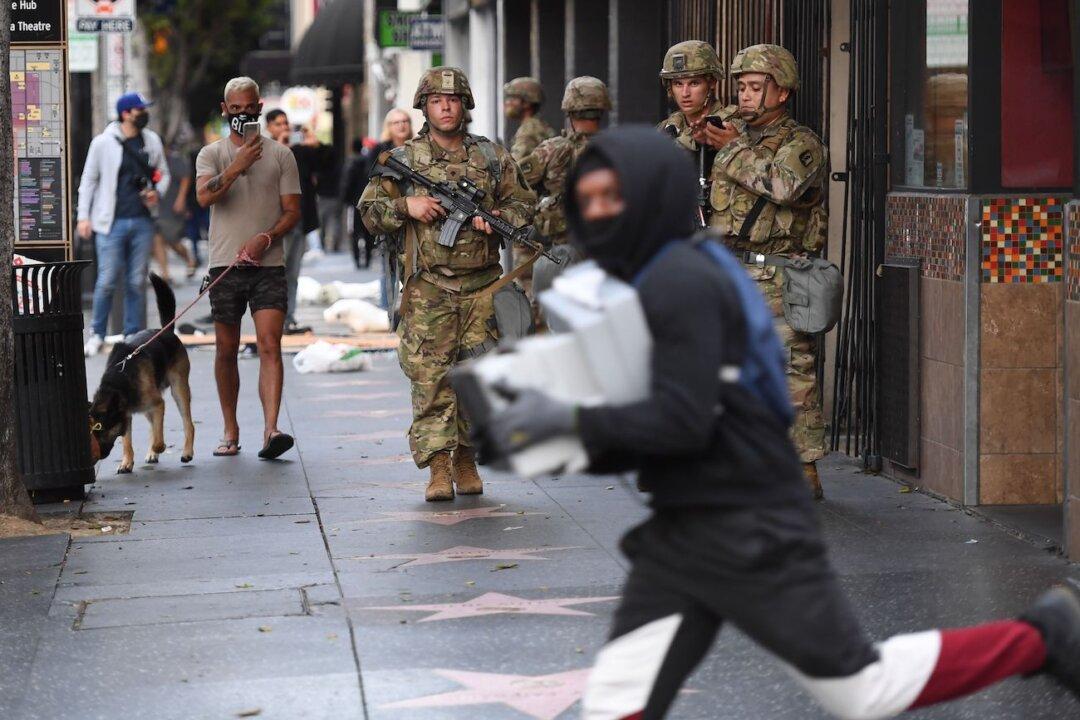Crime statistics for 2022 show violent and property crimes increasing year-over-year in California, according to an Attorney General report released June 30.
With crime increasing across many categories, homicide and driving under the influence arrests each decreased 5.9 percent and motor vehicle theft arrests fell 8.5 percent.





